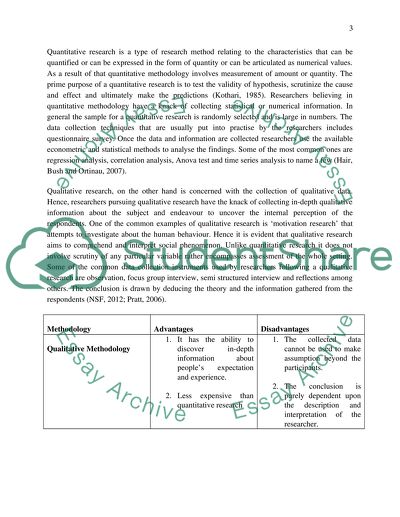Cite this document
(“Chapter3: Methodology of IMPACT OF MERGERS AND ACQUISITION ON FIRMS: A Dissertation”, n.d.)
Chapter3: Methodology of IMPACT OF MERGERS AND ACQUISITION ON FIRMS: A Dissertation. Retrieved from https://studentshare.org/finance-accounting/1483748-chapter3-methodology-of-impact-of-mergers-and-acquisition-on-firms-a-case-study-of-ptt-global-chemical-company
Chapter3: Methodology of IMPACT OF MERGERS AND ACQUISITION ON FIRMS: A Dissertation. Retrieved from https://studentshare.org/finance-accounting/1483748-chapter3-methodology-of-impact-of-mergers-and-acquisition-on-firms-a-case-study-of-ptt-global-chemical-company
(Chapter3: Methodology of IMPACT OF MERGERS AND ACQUISITION ON FIRMS: A Dissertation)
Chapter3: Methodology of IMPACT OF MERGERS AND ACQUISITION ON FIRMS: A Dissertation. https://studentshare.org/finance-accounting/1483748-chapter3-methodology-of-impact-of-mergers-and-acquisition-on-firms-a-case-study-of-ptt-global-chemical-company.
Chapter3: Methodology of IMPACT OF MERGERS AND ACQUISITION ON FIRMS: A Dissertation. https://studentshare.org/finance-accounting/1483748-chapter3-methodology-of-impact-of-mergers-and-acquisition-on-firms-a-case-study-of-ptt-global-chemical-company.
“Chapter3: Methodology of IMPACT OF MERGERS AND ACQUISITION ON FIRMS: A Dissertation”, n.d. https://studentshare.org/finance-accounting/1483748-chapter3-methodology-of-impact-of-mergers-and-acquisition-on-firms-a-case-study-of-ptt-global-chemical-company.


